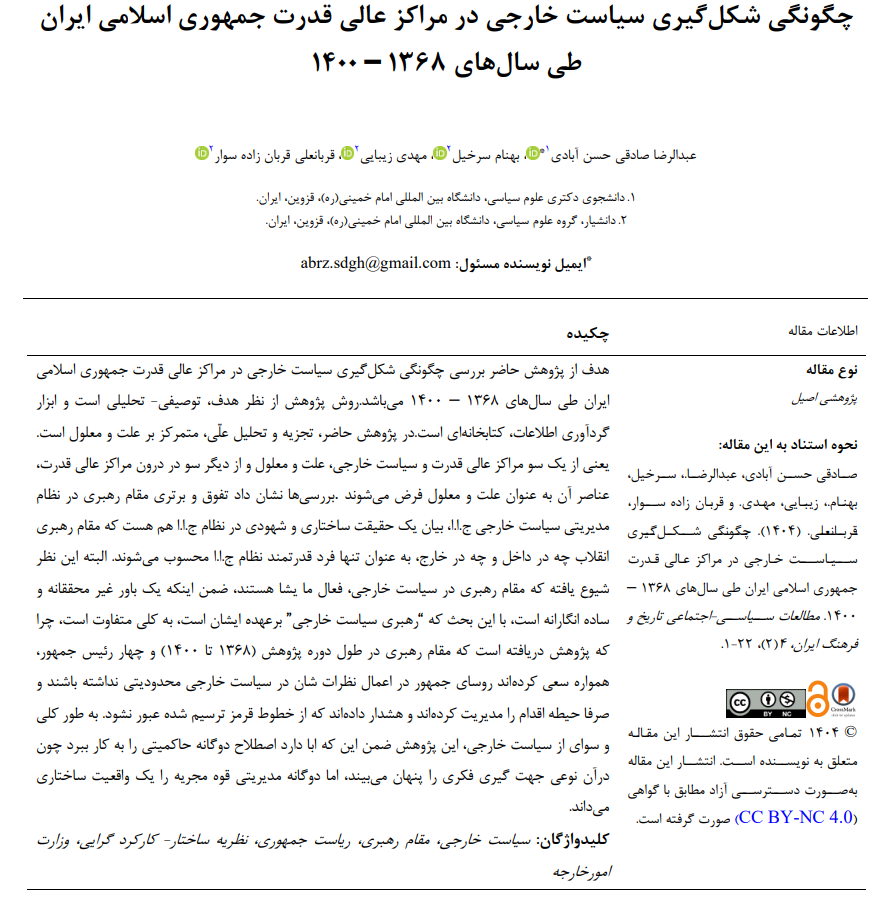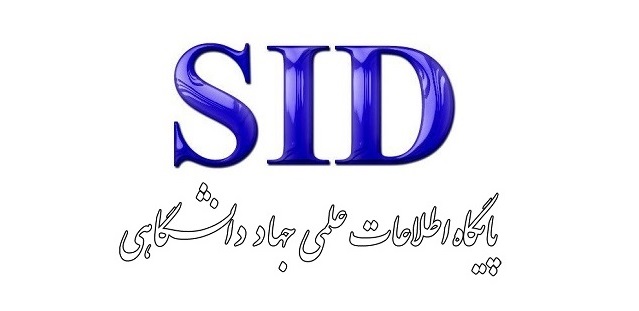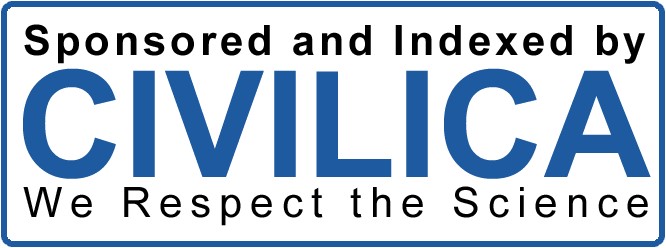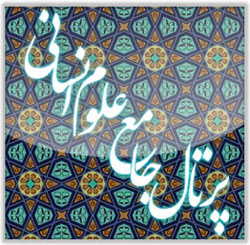The Formation of Foreign Policy in the Highest Power Centers of the Islamic Republic of Iran (1989–2021)
Keywords:
Foreign policy, leadership position, presidency, structural-functionalist theory, Ministry of Foreign AffairsAbstract
The objective of this study is to examine how foreign policy was formed in the highest power centers of the Islamic Republic of Iran during the years 1989 to 2021. The research methodology is descriptive-analytical in terms of its objective, and the data collection instrument is library-based. In the present study, causal analysis is centered on cause and effect. That is, on one hand, the highest power centers and foreign policy are treated as cause and effect, and on the other hand, the internal elements of the highest power centers are also considered as cause and effect. The findings indicate that the dominance and superiority of the Supreme Leader in the foreign policy management system of the Islamic Republic of Iran reflect both a structural and intuitive truth within the Islamic Republic’s system, in which the Supreme Leader of the Revolution is regarded, both domestically and internationally, as the sole powerful figure in the regime. Although the prevailing view that the Supreme Leader is the absolute decision-maker in foreign policy is widely circulated, this belief is not empirically substantiated and is regarded as simplistic. It should be distinguished from the assertion that "foreign policy leadership" is the responsibility of the Supreme Leader. The study finds that during the research period (1989 to 2021), encompassing four presidents, the Supreme Leader consistently attempted to ensure that presidents would face no restrictions in expressing their views on foreign policy. Instead, he managed the scope of action and warned against crossing the defined red lines. Overall, and aside from foreign policy, this study refrains from using the term "governance duality" because it perceives an implicit ideological bias within it. However, it acknowledges the managerial duality within the executive branch as a structural reality.
Downloads
References
Aghaei, D. (2006). Iran's Foreign Policy During the Eight-Year War with a Focus on the European Community's Role. Journal of the Faculty of Law and Political Science, University of Tehran(73), 1-34.
Azghandi, A. (2003). The Foreign Policy of the Islamic Republic of Iran. Qom Publications.
Damavandi, A. (2017). Examining the Power Struggle in the Structure of the Islamic Republic of Iran. Nations Research Monthly SER - 2(24), 5-10.
Dowlatabadi, A., & Shafiei Seif, M. (2018). From Hashemi to Rouhani: An Analysis of Iran's Foreign Policy. Tisa Publications.
Esposito, J. (2018). The Iranian Revolution and Its Global Impact. Chapakhsh.
Firoozabadi, J. D. (2014). The Discursive Cycle in the Foreign Policy of the Islamic Republic of Iran from the Bazargan Administration to the Rouhani Administration. Mokhatab Publications.
Fromm, E. (2008). Will Man Prevail? Morvarid Publications.
Khalili, M. (2018). An Institutional Perspective on Foreign Policy. Mizan Publications.
Naqibzadeh, A. (2009). The Decision-Making Process in Iran's Foreign Policy Islamic Azad University].
Ramazani, R. (2001). An Analytical Framework for Examining the Foreign Policy of the Islamic Republic of Iran. Nashr-e Ney.
خلیلی, م. (1397). نگاهی نهاد گرا به سیاست خارجی. نشر میزان.
نقش تحولات اقتصادی و اجتماعی در سیاست خارجی ج.ا.ا. (1390). مجله سیاست دوره 41، شماره 2.

Downloads
Published
Submitted
Revised
Accepted
Issue
Section
License
Copyright (c) 2025 عبدالرضا صادقی حسن آبادی (نویسنده مسئول); بهنام سرخیل, مهدی زیبایی, قربانعلی قربان زاده سوار (نویسنده)

This work is licensed under a Creative Commons Attribution-NonCommercial 4.0 International License.








